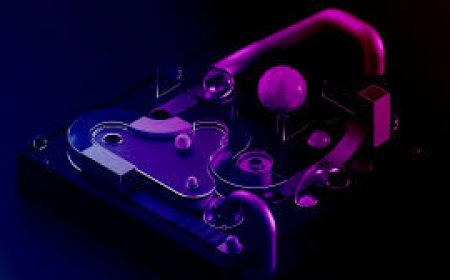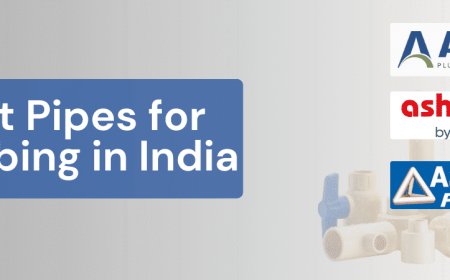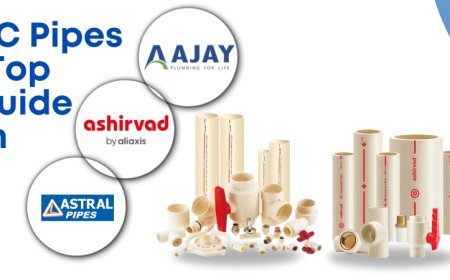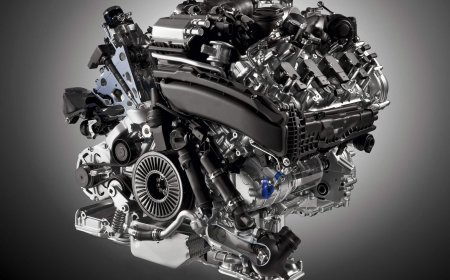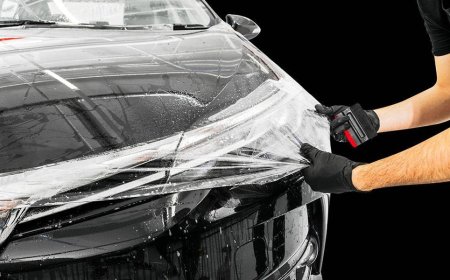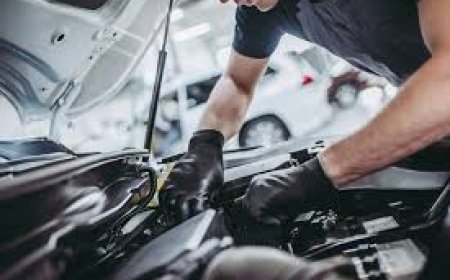What Goes Into a BMW Engine Rebuild: A Step-by-Step Breakdown
Explore the complete BMW engine rebuild process step-by-step. Learn what’s involved, from disassembly to final testing, and how to restore performance.
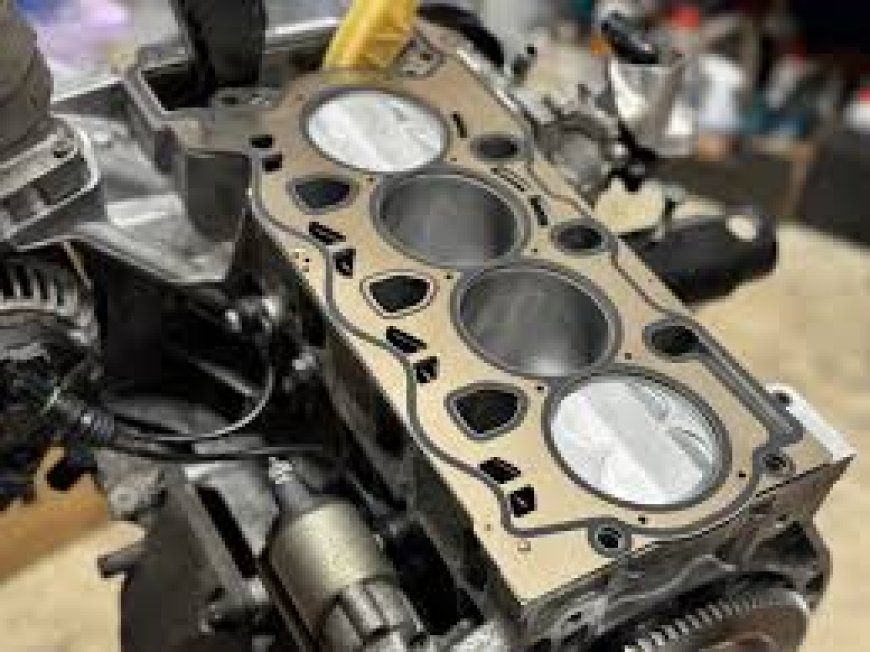
BMW vehicles are known for their performance, precision, and long-lasting enginesbut like all machines, wear and tear eventually take a toll. For enthusiasts and owners who want to breathe new life into their BMW rather than replace it, an engine rebuild can be the ideal solution. But what exactly goes into rebuilding a BMW engine?
In this blog, well walk you through the step-by-step process of a BMW engine rebuildfrom initial inspection to the final bolt. Whether you're a DIY mechanic, a BMW owner curious about the process, or someone considering purchasing a rebuilt engine, this detailed breakdown will guide you through everything you need to know.
Step 1: Initial Diagnosis and Engine Removal
Before rebuilding, the first task is a thorough engine diagnosis. This involves checking for:
-
Compression loss
-
Oil leaks
-
Unusual noises (knocking, tapping)
-
Overheating
-
Smoke from the exhaust
A technician may also use diagnostic tools to read fault codes from the engine control unit (ECU).
Engine removal follows once the need for a rebuild is confirmed. This is a labor-intensive step requiring careful disconnection of all systemscooling, exhaust, electrical, and fuel. For most BMW models, especially inline-6 or V8 engines, removal typically involves hoisting the engine out using a cherry picker or hydraulic crane.
Step 2: Complete Engine Disassembly
Once the engine is out of the car, the next stage is complete disassembly. Every componentfrom the cylinder head to the crankshaftis taken apart for detailed inspection.
Key parts disassembled include:
-
Cylinder head and valves
-
Pistons and piston rings
-
Connecting rods
-
Crankshaft
-
Timing chain or belt
-
Oil pump and water pump
-
Bearings and gaskets
Its crucial to label, photograph, and organize each part for easier reassembly.
Step 3: Cleaning and Inspection of Components
Years of sludge, carbon buildup, and oil residue mean the engine parts need a deep cleaning. Hot tank cleaning, ultrasonic baths, and high-pressure washing are common methods used.
After cleaning, technicians inspect each part for wear and damage. Heres whats typically checked:
-
Cylinder walls for scoring or tapering
-
Crankshaft journals for wear
-
Pistons for cracks or ring groove wear
-
Valves and guides for pitting or warping
-
Camshaft lobes for wear patterns
-
Bearings and caps for metal shavings or discoloration
Micrometers and bore gauges are used to check tolerances against BMW factory specifications. Parts outside tolerance are either replaced or machined.
Step 4: Machining and Resurfacing
Depending on the engines condition, machining may be necessary to restore parts to spec. This may involve:
-
Cylinder re-boring or honing
-
Crankshaft grinding or polishing
-
Resurfacing the cylinder head and engine block
-
Valve lapping or replacement
-
Decking the block for a smooth sealing surface
High-performance or heavily worn engines may also require oversized pistons or bearings. All machining should be done by a specialist familiar with BMW tolerances.
Step 5: Parts Replacement
A rebuild doesnt mean reusing old, worn-out parts. Most rebuilds include a complete engine rebuild kit, which typically contains:
-
Pistons and rings
-
Main and rod bearings
-
Head and intake gaskets
-
Oil seals
-
Timing components (chains, guides, sprockets)
-
New water pump
-
New oil pump
-
Valve lifters and springs (as needed)
BMW OEM (Original Equipment Manufacturer) parts or high-quality aftermarket parts are recommended for optimal performance and longevity.
Step 6: Reassembly of the Engine
Rebuilding is the most precise and methodical part of the process. Technicians follow manufacturer torque specifications and sequence for all bolts, especially head bolts and main caps.
Steps include:
-
Installing crankshaft and main bearings
-
Connecting rods and pistons inserted and torqued
-
Timing components aligned and tensioned
-
Cylinder head installed with new gaskets
-
Oil and water pumps installed
-
Camshaft(s) aligned and valves timed
-
Valve covers and oil pan sealed and mounted
Precision torque wrenches and timing tools ensure that each component is assembled exactly to BMW specifications.
Step 7: Engine Testing on the Bench (Optional)
Before installing the engine back into the car, some rebuilders opt for a bench test using a test stand. This allows:
-
Verification of compression across all cylinders
-
Oil pressure checks
-
Leak checks
-
Initial break-in procedures
Not all rebuilds include this step, but it can help catch issues early and ensure a smooth first start.
Step 8: Reinstallation Into the Vehicle
Once the rebuilt engine passes all tests, its time to reinstall it back into the vehicle. This involves:
-
Reconnecting wiring harnesses
-
Fuel and coolant line reconnections
-
Reinstalling engine mounts, exhaust system, and drivetrain components
-
Filling fluids (engine oil, coolant, power steering, etc.)
Modern BMWs often require software updates or reprogramming after installation, especially if sensors or control modules were replaced.
Step 9: First Start and Engine Break-In
The initial start-up is a crucial moment. The engine is started and monitored closely for:
-
Abnormal noises
-
Oil pressure
-
Coolant leaks
-
Smoke from exhaust
A break-in period of 5001000 miles is usually recommended to allow piston rings to seat and parts to wear in properly. During this time, driving should be gentleno high RPMs or heavy loads.
After the break-in, an oil change is performed to remove metal particles and debris from the initial wear.
Step 10: Final Testing and Tuning
After the break-in period, a final inspection and diagnostic scan is performed. This includes:
-
Compression test
-
Leak-down test
-
Emissions check
-
ECU scan for error codes
-
Fine-tuning of ignition and fuel trims (if necessary)
For performance builds, a dyno test may be used to optimize power output and ensure safe air/fuel ratios.
Is Rebuilding a BMW Engine Worth It?
The short answer is yes, especially for:
-
Classic BMWs with sentimental or collector value
-
High-performance M-series engines
-
Well-maintained vehicles with solid body and drivetrain
While the cost of a rebuild can range from $3,000 to $7,000 or more depending on the engine type (N52, N54, B58, etc.), its still more economical than replacing the vehicle or sourcing a brand-new engine.
Final Thoughts
A BMW engine rebuild is a detailed, labor-intensive processbut one that pays off with a revitalized engine and restored performance. From diagnosis and disassembly to reassembly and break-in, each step must be performed with care and precision. Whether youre investing in your current car or sourcing a rebuilt engine for purchase, knowing whats involved in the process helps you make better, more informed decisions.






















